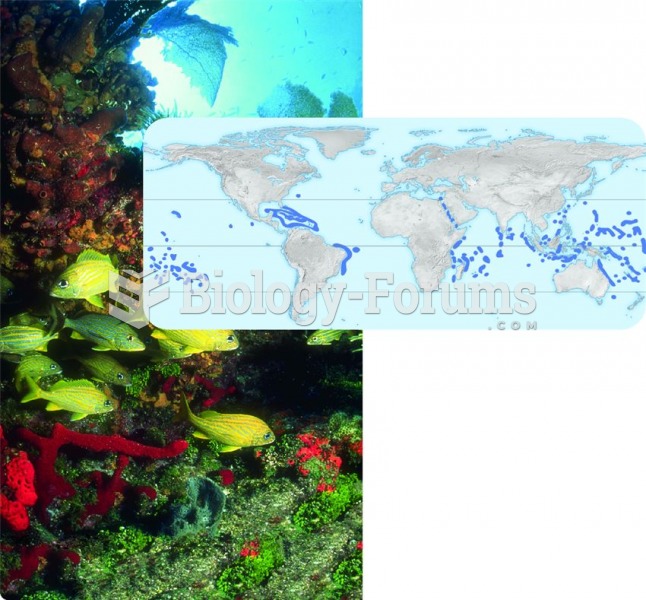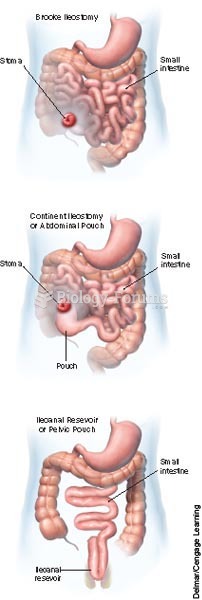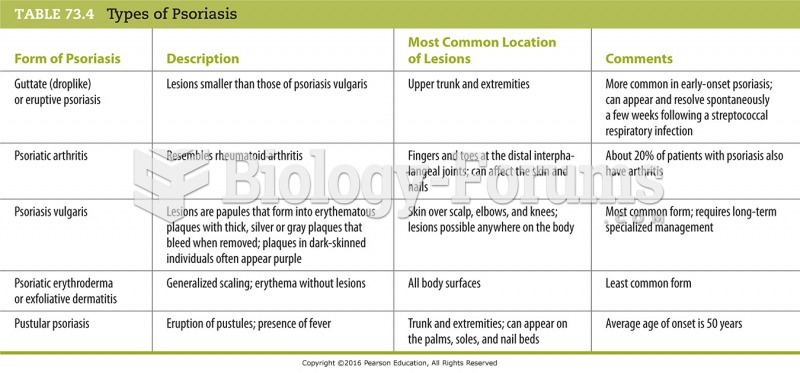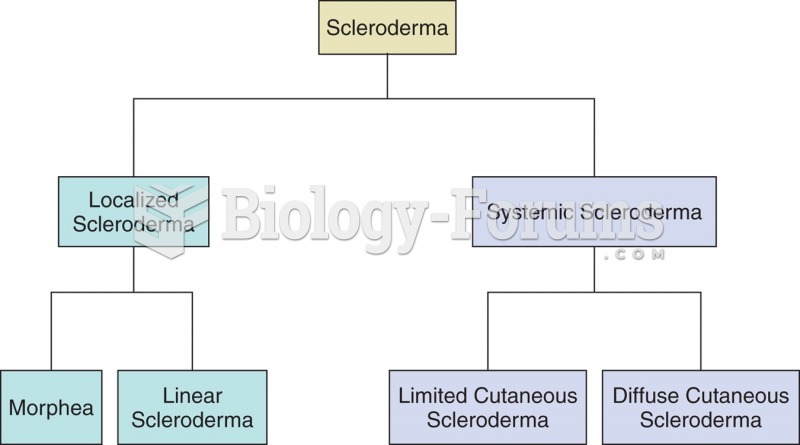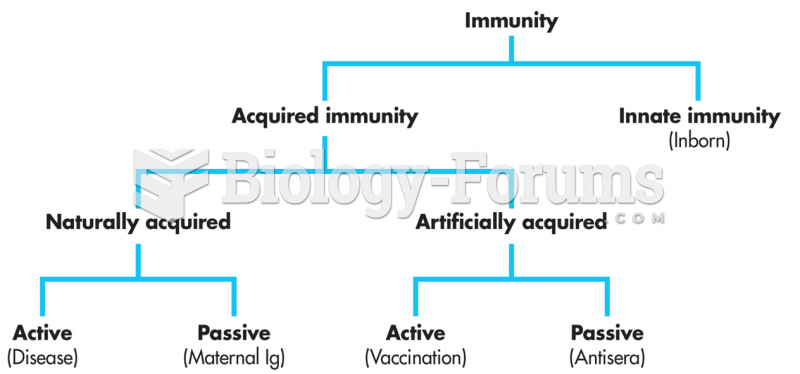Answer to Question 1(1) Fringing Reefs cling to the margin of land, and connect to shore near the water surface.
Fringing reefs form in areas of low rainfall runoff primarily on the leeward (downwind side)
of tropical islands. The greatest concentration of living material will be at the reefs seaward
edge, where plankton and clear water of normal salinity are dependably available. Most new
islands anywhere in the tropics have fringing reefs as their first reef form. Permanent fringing
reefs are common in the Hawaiian Islands and in similar areas near the boundaries of the
tropics.
(2) Barrier Reefs are separated from land by a lagoon. They tend to occur at lower latitudes
than fringing reefs and can form around islands or in lines parallel to continental shores. The
outer edge, the barrier, is raised because the seaward part of the reef is supplied with more
food and is able to grow more rapidly than the shore side. The lagoon may be anywhere from
a few meters to 60 deep, and it may separate the barrier from shore by only tens of meters or
by as much as 300 kilometers. Coral grows more slowly within the lagoon because fewer
nutrients are available and because sediments and freshwater run off from shore. Conditions
and species within the lagoon are much different from those of the wave-swept barrier. The
calm lagoon is often littered with eroded coral debris moved from the barrier by storms.
(3) An atoll is a ring-shaped island of coral reefs and coral debris enclosing, or almost
enclosing, a shallow lagoon from which no land protrudes. Coral debris may be driven onto
the reef by waves and wind to form an emergent arc on which coconut palms and other land
plants take root. These plants stabilize the sand and lead to colonization by birds and other
species. Though an atolls central lagoon connects to the deep water outside through a series
of channels or grooves, coral does not usually thrive in the lagoon, both because the shallow water may become too hot from the sun or too fresh during rains and because feeding
opportunities for the coral are limited there.
Answer to Question 2The shape of a delta represents a balance between the accumulation of sediments and their
removal by the ocean. For a delta to maintain its size or grow, the river must carry enough
sediment to keep marine processes in check. The combined effects of waves, tides, and river
flow determine the shape of a delta. (1) River-dominated deltas are fed by a strong flow of
fresh water and continental sediments, and they form in protected marginal seas. They
terminate in a well-developed set of distributaries, the split ends of the river, in a
characteristic birds-foot shape. In (2) tide-dominated deltas, freshwater discharge is
overpowered by tidal currents that mold sediments into long islands parallel to the river flow
and perpendicular to the trend of the coast. The largest tide-dominated delta has formed at the
mouths of the GangesBrahmaputra river system. (3) Wave-dominated deltas are generally
smaller than either tide- or river-dominated deltas and have a smooth shoreline punctuated by
beaches and sand dunes. Instead of a birds-foot pattern of distributaries, a wave-dominated
delta will have one main exit channel.


